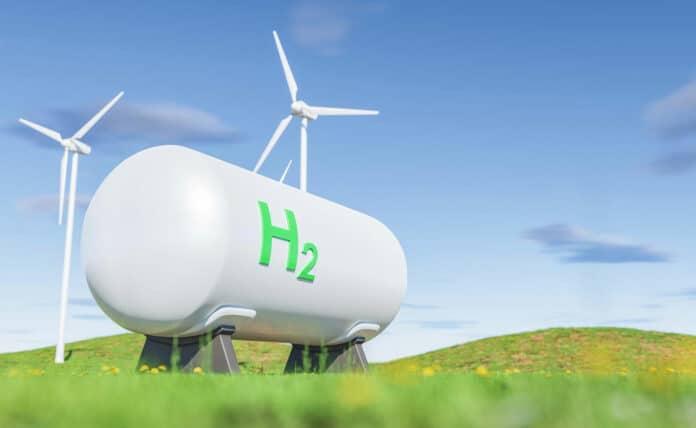The renewable energy revolution wants to build a climate-friendly future for the world. The goal is to move away from fossil fuels and towards a more sustainable energy system. However, there are still significant challenges to overcome, particularly when it comes to storing green energy efficiently.
Addressing this challenge, a research consortium led by Fraunhofer IZM is developing cheap-to-make zinc batteries that not only store electrical power with double efficiency but can also be used to produce hydrogen.
According to the team, the first tests promise 50% efficiency when storing power and 80% when producing hydrogen – with an estimated life expectancy of ten years.
Such long-term storage solutions are necessary, given the unpredictable nature of renewable sources like wind and solar. These sources are becoming more and more affordable and have the potential to one day supply enough power for long periods of time. But their unpredictability poses a problem during periods when the sun does not shine and the wind does not blow, known as “dunkelflauten.”
Currently, conventional power plants are used to cover these gaps, which forces countries to maintain a complex dual power infrastructure, burn fossil fuels, and hold back the transition to renewables.
In the Zn-H2 project, the research team aims to develop a long-lasting battery explicitly for the long-term storage of power. Researchers come up with a completely new technology by combining proven battery designs that use zinc anodes with alkaline water electrolysis. Compared to the standard lithium batteries, zinc batteries are substantially cheaper and need only easily available, fully recyclable materials (steel, zinc, and potassium hydroxide).

Furthermore, the system would be able to produce hydrogen on demand. At the end of their work, the researchers hope to have an electrically rechargeable hydrogen storage system that can store energy in the form of metallic zinc and turn it back into electrical power and hydrogen when needed.
“During charging, the water oxidizes into oxygen while reducing the zinc oxide to metallic zinc,” Dr. Robert Hahn of Fraunhofer IZM explains the chemical processes that happen inside the battery. “This reverts back to zinc oxide during discharge. The water is again reduced and releases hydrogen. This is a unique combination of a regular battery and a source for hydrogen, with a total electrical storage efficiency of 50%, which is double the efficiency of other, currently preferred power-to-gas systems.”
The new technology promises a commercially attractive alternative for storing green energy thanks to lower material costs than lithium batteries.
Under laboratory conditions, researchers have already proven the viability of the new system and tested individual cells for their efficiency and stability over a number of cycles.
The next step will be to develop a demonstration unit for operating tests in a dedicated test setup. In the end, eight cells, each with a capacity of around 12 V and 50 Ah, will be connected. The researchers are putting their trust in galvanic deposition for the cost-efficient large-scale production of the dual-function catalyst. The process will be tested for its reliability and reproducibility before the actual battery tests.
The Fraunhofer IZM team in Berlin took over the design of the demonstration unit, the construction of the test systems, and the actual reliability tests. Since the zinc-hydrogen batteries are still world-first, the right test environment had to be developed from the ground up as well, using highly precise and smart controls to adjust and optimize a whole range of parameters.
Together with the entire research consortium, they are thus paving the way for an innovative solution for storing green power and producing hydrogen as one of the fuels powering the renewable energy age.
